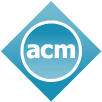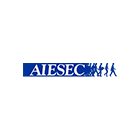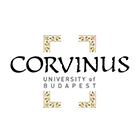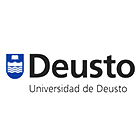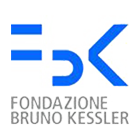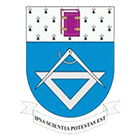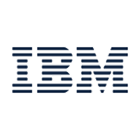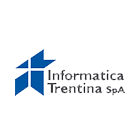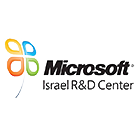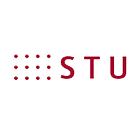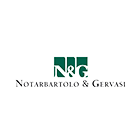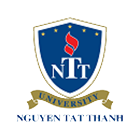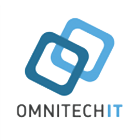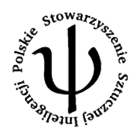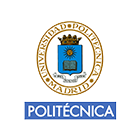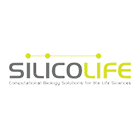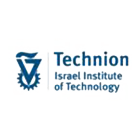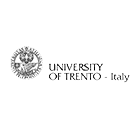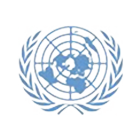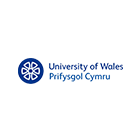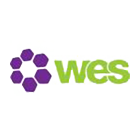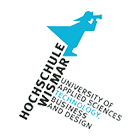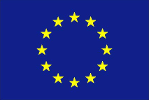CFP: 9th International Conference on Bio-inspired Information and Communications Technologies (BICT 2015, formerly BIONETICS)
December 3 (Thu) - December 5, 2015 (Sat)
New York City, NY, USA
Sponsored by European Alliance for Innovation (EAI) and Department of Biomedical Engineering at the Columbia University School of Engineering and Applied Science
BICT 2015 aims to provide a world-leading and multidisciplinary venue for researchers and practitioners in diverse disciplines that seek the understanding of key principles, processes and mechanisms in biological systems and leverage those understandings to develop novel information and communications technologies (ICT). BICT 2015 targets two thrusts:
THRUST 1: Indirect Bioinspiration (ICT designed after biological principles, processes and mechanisms). Examples include evolutionary computation, artificial gene regulatory networks, neural networks/computation, swarm intelligence, cellular automata, artificial immune systems, amorphous computing, artificial life, artificial chemistry, reaction-diffusion computing, self-organization, chaotic systems, social networks, game theory, computational epidemics, agent-based modeling, and nature-inspired models and calculi.
THRUST 2: Direct Bioinspiration (ICT utilizing biological materials and systems). Examples include biosensing, molecular assembly, cellular computing, molecular computing/communication, membrane computing, bacterial computing/communication, DNA computing and memory, Physarum computing, quantum computing, biometric security/authentication, brain-computer interfaces and energy harvesting from biological sources.
Expected, but not exclusive, topics are:
- Signal/information processing and communication for bio-inspired ICT
- Data management and analytics for bio-inspired ICT
- Algorithms and their applications for bio-inspired ICT
- Formal models and methods for bio-inspired ICT
- Bio-inspired software and hardware systems
- Modeling, simulations and empirical experiments of bio-inspired ICT
- Self-* and stability properties in bio-inspired ICT
- Security, robustness and resilience in bio-inspired ICT
- Design, configuration, performance and management issues in bio-inspired ICT
- Tools, testbeds and deployment aspects in bio-inspired ICT
- Applications, experiences and standardization of bio-inspired ICT
Application domains include, but not limited to, autonomic computing, bioinformatics, biomedical engineering, computer networks, computer vision, data mining, e-health, green computing and networking, grid/cloud computing, intelligent agents, mechanical engineering, nanoscale/molecular computing and communication, optimization, pervasive computing, robotics, security, social networks, software engineering and systems engineering.
IMPORTANT DATES:
| Regular paper submission due: | August 31 |
| Short and poster/demo paper submission due: | September 22 |
| Notification for regular papers: | October 15 |
| Notification for short and poster/demo papers: | October 15 |
| Camera ready due: |
|
SPECIAL TRACKS:
In addition to the regular track that covers general/mainstream topics, BICT 2015 features the following special tracks that focus on specific, emerging or underrepresented topics.
- Artificial, Biological and Bio-Inspired Intelligence (ABBII)
- Artificial Intelligence and Software Engineering (AISE)
- Anthropomorphic Robot and Physiological Information for Cares and Daily Communication (ARPI)
- Biological Computing and Bio-medical Informatics (BCBI)
- Bio-Inspired Communications and Computing (BICC)
- Biologically Inspired Computer Vision Models and Techniques (BioVis)
- BioNanoNetworks: Modeling, Design, Performance and Applications (BMDPA)
- Bio-inspired Self-propelling Systems (BSS)
- Bio-inspired Wireless Network Security (BWNS)
- Complex Adaptive Systems (CAS)
- Computational Intelligence for Information Security (CIIS)
- Combinatorial Optimization (COP)
- Bio-inspired Algorithms and Technologies for Cyber Security and Defense Applications (DEFENSE)
- Engineering Applications from Bio-Molecular Networks (EmNet)
- Game Theory and its Applications (GTA)
- Molecular Communication and Networking (MCN)
- Modularization for Practical Software Engineering (MPSE)
- Nano-networks and Communication in Bacteria Populations (NCBP)
- Physarum Computing (PhysComp)
- Soft Computing on Brain-Body Area (SCBBA)
- Swarm Robotics (SR)
- Topology-driven bio-inspired methods and models for complex systems (TOPDRIM4Bio)
PAPER SUBMISSION:
Authors are invited to submit regular papers (up to 8 pages each), short papers (up to 4 pages each) or poster/demo papers (up to 2 pages each) in ACM's paper template. Up to two extra pages are allowed for each paper with extra page charges. See https://bionetics.org/2015/show/initial-submission for more details.
PUBLICATION:
All accepted paper will be published through ACM Digital Library and submitted for indexing to DBLP, Google Scholar, Thomson Scientific ISI Proceedings, EI Elsevier Engineering Index, CrossRef, Scopus, as well as ICST's own EU Digital Library (EUDL). Selected papers will be considered for publication in leading journals including:
- IEEE Transactions on NanoBioscience
- ACM/Springer Mobile Networks and Applications
- Elsevier Information and Software Technology
- Elsevier Information Sciences
- Elsevier Nano Communication Networks Journal
- Springer Complex Adaptive Systems Modeling
- Int'l Journal of Soft Computing and Networking
- Springer Swarm Intelligence
GENERAL CHAIRS:
Jun Suzuki, University of Massachusetts, Boston, USA
Tadashi Nakano, Osaka University, Japan
Henry Hess, Columbia University, USA







